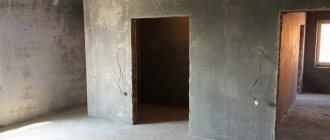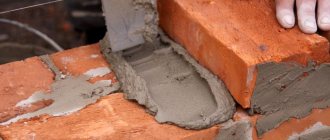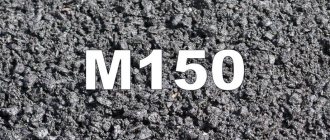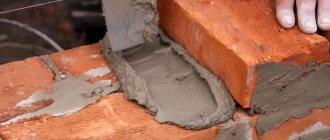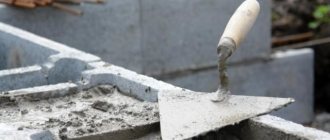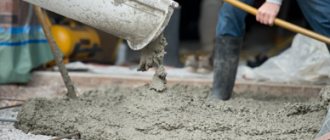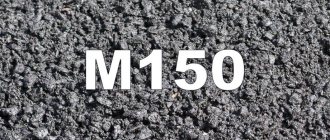The topic of this article is mortar for plaster, but not a general description and tips for use, but specific information about the composition and proportions. This information will help you achieve the desired result of the repair: excellent appearance, strength and durability of the coating.
Plaster solutions are used for various purposes, for example, for leveling or decorating facades or interiors. But an important function of the plaster composition remains the protection of external and internal structures of buildings from various influences.
In order to prepare the required composition for plaster with your own hands, you need to have an idea of the correct proportions of the components (volume or weight). You also need to know in what form and in what order the components are mixed.
Composition and features
It is not difficult to prepare a solution for plastering walls from cement and sand. The composition consists of a solvent, a binder and a filler. These components are the basis of the composition:
RECOMMENDED ON THE TOPIC
- The ratio of cement and sand in...
- How to properly mix the solution in...
- Any sand, preferably river or quarry sand, with a fraction of 20 to 40 microns, cleared of small debris through a sieve, is suitable as a filler. The quality of the plaster mixture and adhesion to the wall depend on cleanliness.
- Portland cement grades from M300 to M600 in the solution act as a binder; the lower it is, the cheaper the cost. Each of them is used depending on the requirements for the quality of the surface being finished. M400-500 is used for interior work, M500-600 - in rooms with high humidity, M300 - for plastering street walls.
- Solvent - purified water without solid fractions.
Sand, cement and water are the classic components for preparing ordinary plaster, the quality of which is divided into three types:
- simple - performed in premises that do not require careful processing;
- improved - used in public, residential and industrial buildings;
- high-quality, creating a decorative appearance, used for finishing museums, theaters, homes, and high-class hotels.
To enhance adhesion, moisture resistance, accelerate hardening, eliminate mold and microbes, and improve plasticity, the following materials are used as additives:
- When finishing door and window slopes, chips, dents, and securing electrical wires, alabaster to set and strengthen the mixture. It is mixed into the solution one to three, and such a composition is produced immediately before it hardens. Initially, you need to dilute cement with sand, then mix in the mineral;
- lime dough increases the elasticity of the plaster mass, increases moisture resistance, prevents cracking of coatings, and eliminates mold and fungi. Lime is diluted with water two to one and introduced into the solution. Its component should not exceed the mass of cement;
- the PVA glue content of no more than 5% of the plaster composition helps to improve adhesion to the brick wall, prevents the surface from crumbling, and eliminates the formation of cracks;
- You can make a solution with increased plasticity for a tight connection with the surface using liquid soap , but not more than 3% of its content of the total mass of the plaster;
- gypsum has the same properties as alabaster, it is more flexible and hardens more slowly. It is used for repairing hard-to-reach places, ceilings, plastered corners, rustications. Its proportion with cement is one to three. The mineral is diluted in water, and not vice versa. You should not overdo it; the solution hardens quickly.
